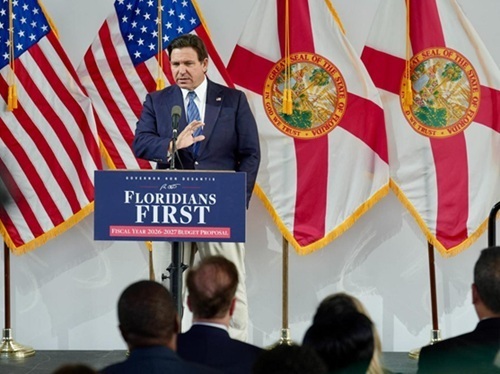A research document just released by an international pool funded study led by the Nevada Department of Transportation provides an “authoritative review” of the most effective measures to reduce animal-vehicle collisions, improve motorist safety, and build safer wildlife crossings.
[Above image by the Nevada DOT]
With as many as two million collisions with large mammals in the United States leading to approximately 200 human deaths every year, the review compiled, evaluated, and synthesized studies, scientific reports, journal articles, technical papers, and other publications from within the United States and beyond to determine effectiveness of 30 different mitigation measures.

Ultimately, the report provides best management practices to reduce animal-vehicle collisions, increase habitat connectivity, and implement cost-effective solutions. Key findings include:
- The most proven effective measures to reduce animal-vehicle collisions by over 85 percent while providing habitat connectivity remains wildlife fences in combination with wildlife overpasses and/or underpasses. Researchers now know that these measures must cover at least several miles to reduce collisions significantly with large mammal species.
- Traditional warning signs, educational campaigns, reducing posted nighttime speed limits, and other measures are in general less than 50 percent effective. Some mitigation measures are at least 50 percent or greater effective in reducing animal-vehicle collisions, including roadside animal detection systems, nighttime lighting, and reducing the size of the population of wildlife species involved. However, none of those reduces a road’s “barrier effect” for wildlife; some even increase the barrier effect.
- No detailed study examines the ability to reduce animal-vehicle collisions with vehicle-based detection technology in highway situations – especially where connected and autonomous vehicles or CAVs are concerned. While there are likely benefits of this technology for reducing collisions with large mammal species, the sensors typically do not detect smaller species. Furthermore, this technology does not reduce the barrier effect of the road and traffic for wildlife.
Nova Simpson, a biological supervisor and large mammal mitigation specialist with Nevada DOT, helped manage the study.

She believes it will help state and federal transportation, land management, and wildlife agencies optimize efforts to reduce animal-vehicle collisions.
“This pooled fund study provides a very unique opportunity to synthesize current knowledge from the U.S., Canada, and internationally,” noted Simpson in a statement.
“It will improve the cost benefit analyses of mitigation measures, field test improved designs and technologies; and coordinate and provide outreach to transportation, land management, and wildlife agencies and their stakeholders,” she added. “Ultimately, these efforts will help in the reduction of wildlife-vehicle collisions across the United States.”
Nevada DOT has already installed many roadway improvements to reduce potentially dangerous animal-vehicle collisions statewide. For example, in February, the agency installed four-foot high livestock fencing along stretches of U.S. 50 between State Route 341 and Chaves Road in Dayton, NV, to reduce horse-vehicle collisions.
Nevada DOT also worked with the Nevada Department of Wildlife to install nine safety crossings on Interstate 80 between Wendover and Wells and U.S. 93 north of Wells in the northeastern portion of the state four years ago.
That project – which garnered a 2019 Environmental Excellence Award from the Federal Highway Administration – covered wildlife overpasses with native soil and vegetation to replicate the natural environment, with roughly 60 miles of eight-foot-high fencing installed along both sections of the roadways redirecting and encouraging deer, mules, and other animals to use the crossing points.
The agency added that it has also installed 400 miles of tortoise fencing and 19 tortoise underpass/culvert crossings on the U.S. 95 and U.S. 93 in southern Nevada to reduce wildlife-vehicle collisions and tortoise road mortality.
 States
States
NCDOT Staff Participate in ‘Explosive’ Technical Training
December 19, 2025 States
States

